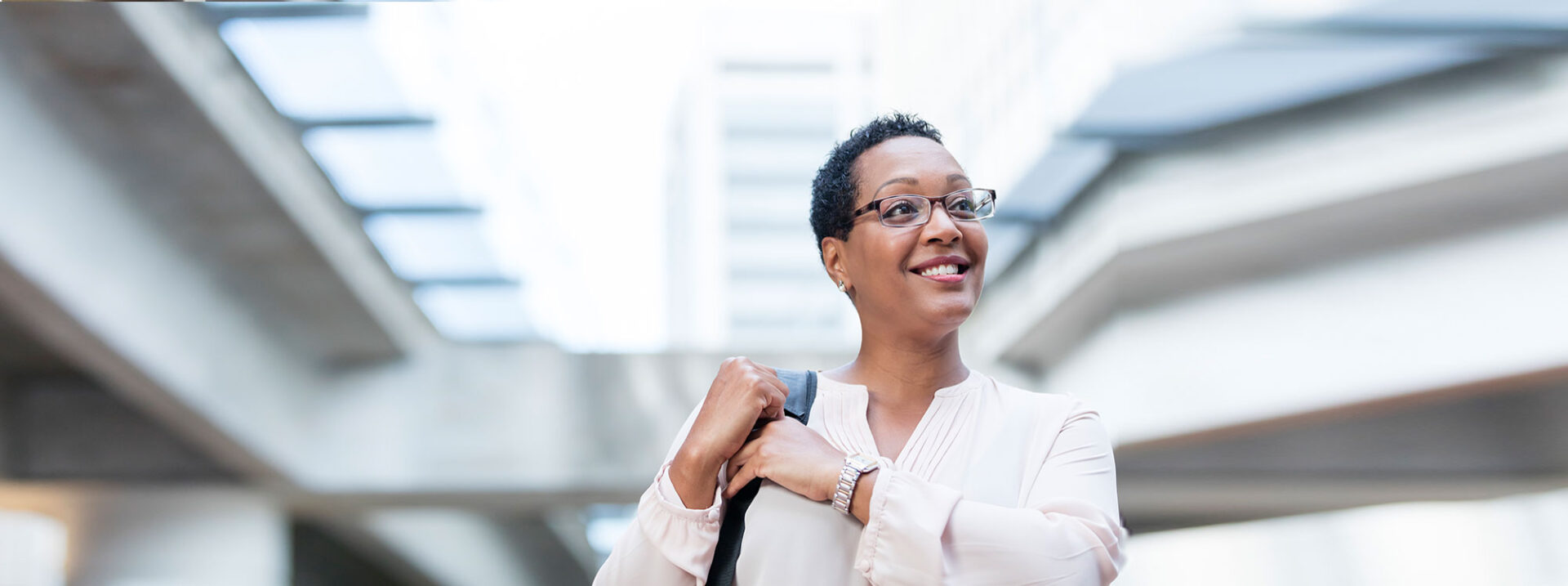
Assisted hatching of day 3 embryos improves implantation rates
If a patient is scheduled to have a Day 3 embryo transfer (involving embryos that are typically 6 to 8 cells), the embryos to be transferred back to the woman are evaluated to determine if assisted hatching will improve the chances of implantation.
The zona pellucida is the shell around the embryo
Each embryo is surrounded by a “shell” called the zona pellucida. In nature, this non-cellular layer surrounds the oocyte and the developing embryo until approximately day 6 of development, at which time the embryo “hatches” and escapes the zona pellucida’s confines. Hatching is required for the embryo to attach (implant) to the uterine lining.
Sometimes, the embryo has difficulty with the hatching process. This is not uncommon in cases where the zona pellucida is too thick or simply non-elastic. In order to avoid this potential problem and to facilitate the natural hatching process at a later time in the uterus, cleavage stage embryos undergo assisted hatching in the laboratory.
In the IVF lab assisted hatching is done with a precise non- contact laser
The hatching procedure utilizes a non-contact laser to create a small opening in the zona pellucida. The laser makes contact only with the zona pallucida and not with the cells of the embryo themselves. This small hole provides a starting point for the embryo to break out of the zona pellucida more efficiently, typically on Day 6 or Day 7, increasing the likelihood that it will make contact with the lining of the uterus.
Embryos that are transferred on Day 5 of development (the blastocyst stage) are not artificially hatched. At this stage an embryologist will generally select the embryos for transfer that are fully developed. Such embryos may already be undergoing the zona thinning process on their own.













